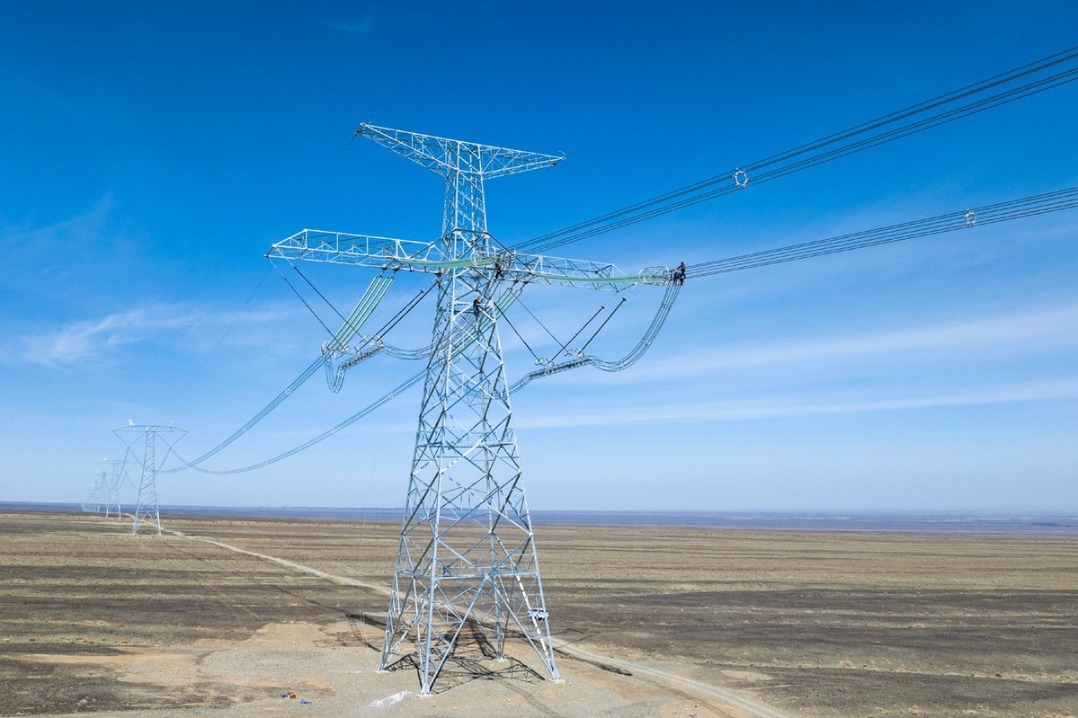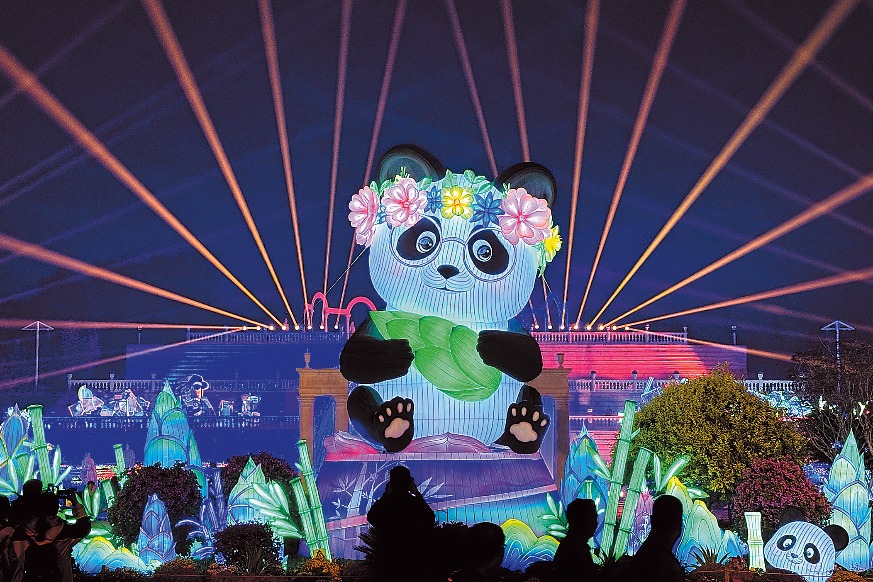Chinese scientists report first live birth of chimeric monkey


Finally, the team selected some stem cells to inject into early monkey embryos that were four to five days old and implanted them into surrogate female macaques, which resulted in four aborted fetuses and six full-term live offspring.
In the live monkeys, the contribution of the stem cells in the different tissue types averaged 67 percent across the 26 different kinds of tissue that were tested.
Also, a live chimeric monkey showed high stem cell contributions reaching up to 90 percent in some tissues, the study revealed.
Such a chimera with cells from two embryos had previously been demonstrated in rats and mice, but had not been realized in other species, including non-human primates, until now.
This new research has practical implications for genetic engineering and species conservation, and may help scientists to generate more precise monkey models for studying neurological diseases, said Liu Zhen, a CAS researcher and the paper's corresponding author.
- China marks 2,576th anniversary of Confucius' birth
- Central delegation continues to visit officials, residents in multiple areas of Xinjiang
- China forecast 2.36b trips during National Day, Mid-Autumn holiday
- World's tallest bridge opens to traffic in Guizhou
- China forecasts average of 2m border crossings over upcoming holiday
- Xinjiang transforms deserts into renewable energy goldmine




































